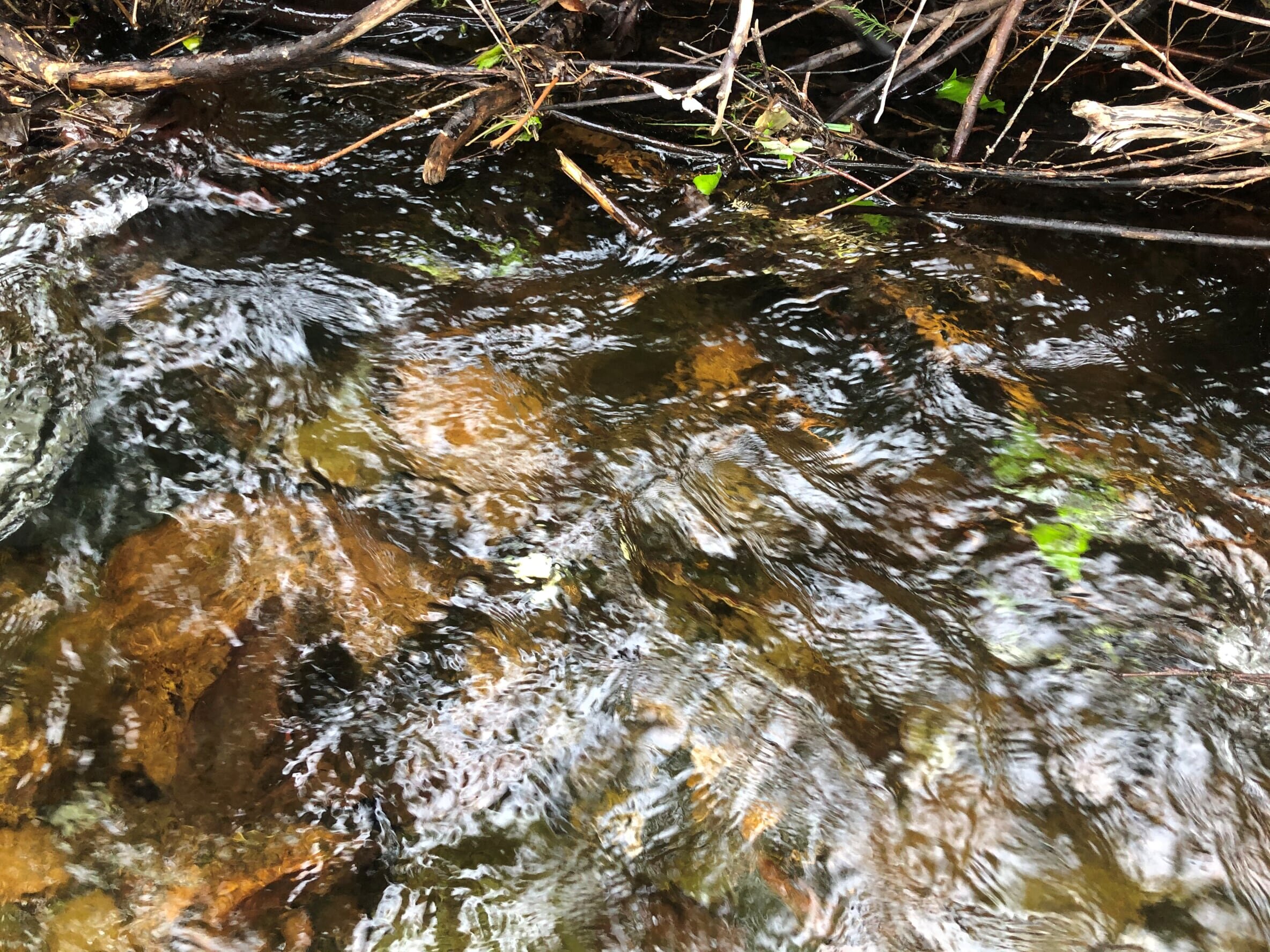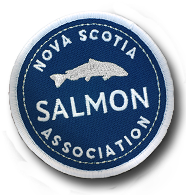
Open Net Pen Aquaculture

One open net pen aquaculture operation can hold hundreds of thousands of Atlantic salmon in close quarters; this setting is prime for the spread of parasites and disease. Particularly problematic for the wild salmon populations is the sea louse or sea lice. When wild salmon and sea trout swim past the pens either on their way to the freshwater or marine environment, large concentrations of larval sea louse swimming out from the nets can attach themselves to the wild salmon or sea trout causing undue biophysical stress. This stress has been shown to decrease survivorship during the marine phase of the salmon’s life cycle which is already very low compared to historical norms.
When the pens are damaged or salmon are accidentally released, the escaped domesticated salmon have been found to migrate up rivers and interbreed with wild salmon. The salmon used by the aquaculture industry have been selectively bred over many generations to grow quickly; these salmon are less intelligent, more aggressive, and have lost the genetic fitness to survive well in the wild. The long-term consequences of the genetic introgression of domesticated salmon on the wild salmon genetic strains is an overall loss of fitness, productivity, and resilience to future changes such as climate change. Additionally, the juveniles resulting from successful interbreeding events will then compete with wild juvenile salmon leading to decreased overall productivity of the population.
Land-based salmon aquaculture technology has recently been developed with companies in Nova Scotia being a part of the leading edge of this sustainable food production technology. These facilities utilize innovative technologies to raise salmon in land-based facilities in a sustainable way with as little waste as possible. As these facilities are closed containment, they pose no risk to wild salmon populations or coastal ecosystems.
The Nova Scotia Salmon Association urges that government support the shift of salmon aquaculture in Nova Scotia from sea-based to land-based, closed containment technologies that cannot harm wild Atlantic salmon populations.
The Science:
Summary of effects of salmonid aquaculture on wild Atlantic salmon population
Fugitive salmon: assessing risks of escaped fish from aquaculture
Declining wild salmon populations in relation to parasites from farm salmon
Evidence for sea lice-induced marine mortality of Atlantic salmon (Salmo salar) in western Ireland
A global assessment of salmon aquaculture impacts on wild salmonids
Sources from the Atlantic Salmon Federation (ASF)
